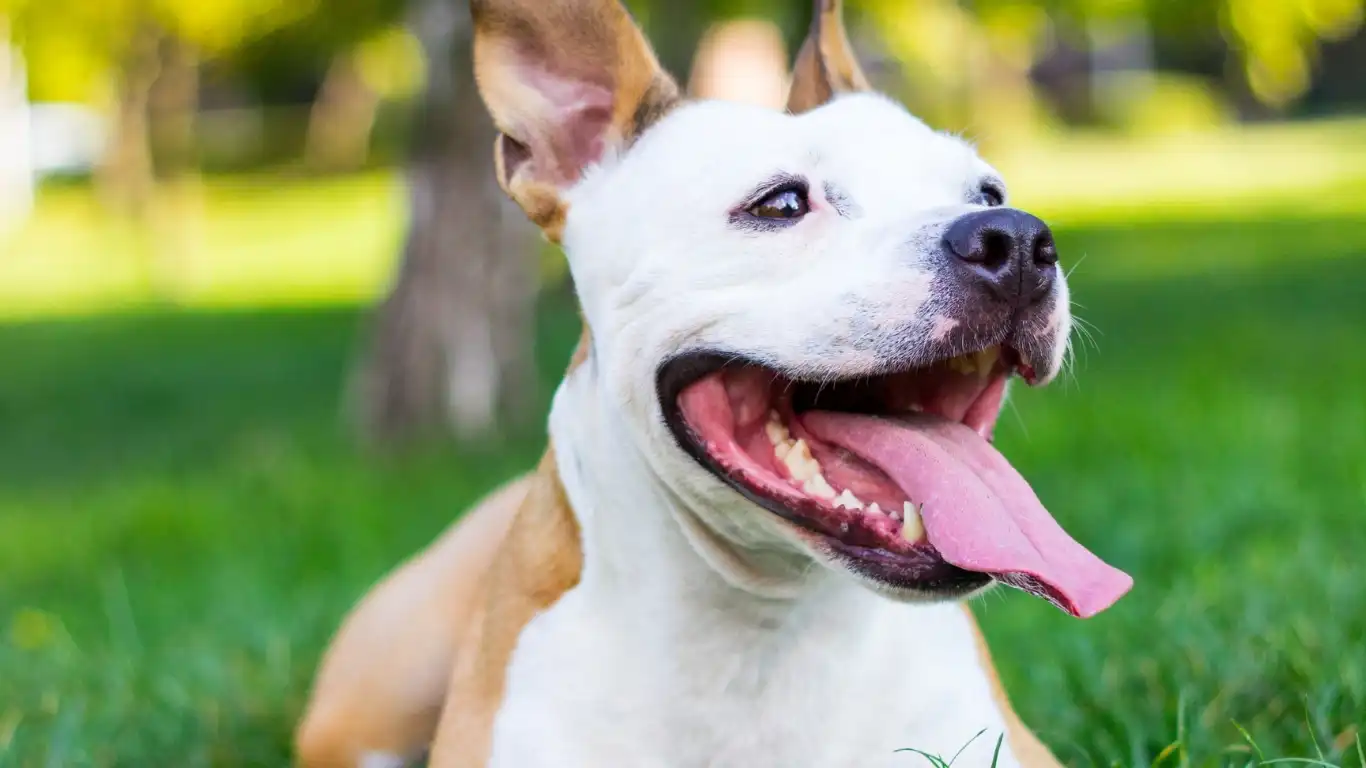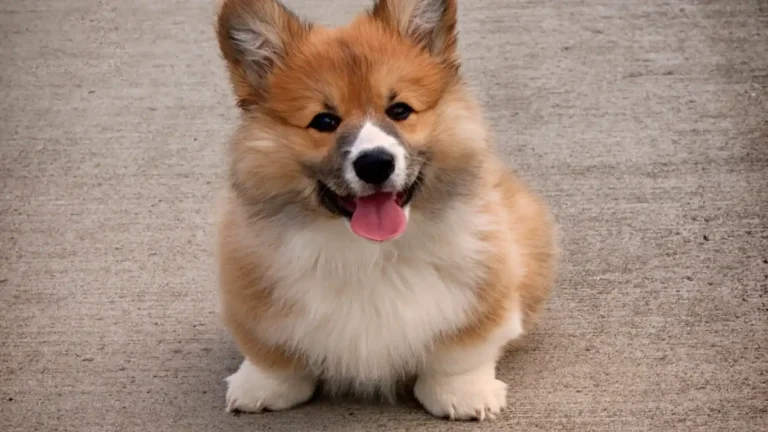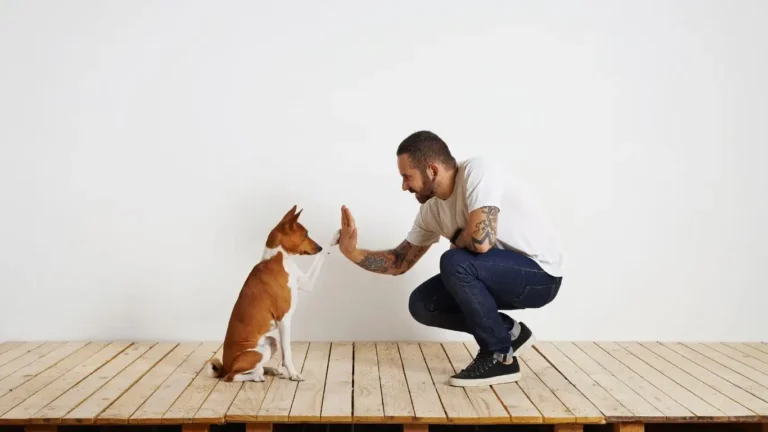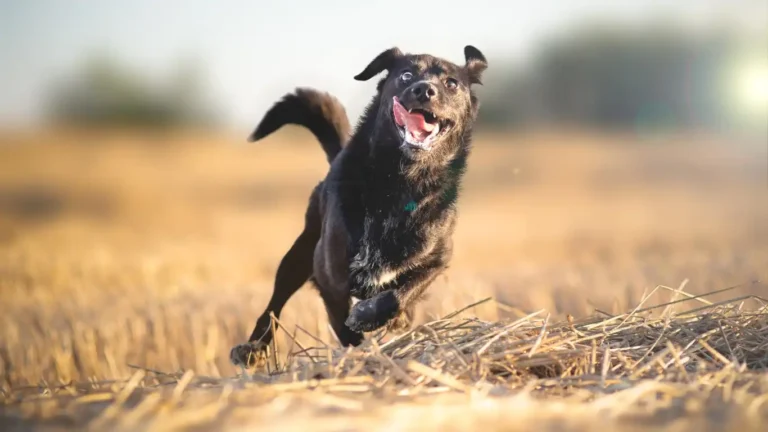Top 7 Proven Ways to Calm a Hyperactive Dog Quickly and Effectively
As a veterinary technician with a focus on animal nutrition, I’ve seen my fair share of hyperactive dogs. Whether it’s a pup bouncing off the walls or an older dog who just can’t sit still, it can be tough for both the dog and their owner. One of the most common questions I get asked is: “What are the best ways to calm a hyperactive dog?” If you’ve got a high-energy dog at home, you’re probably searching for answers too. Let me tell you, there’s no one-size-fits-all solution. But with the right combination of exercise, nutrition, training, and lifestyle adjustments, you can help your dog feel more at ease, and maybe even get some peace and quiet yourself!
Understanding Hyperactivity in Dogs
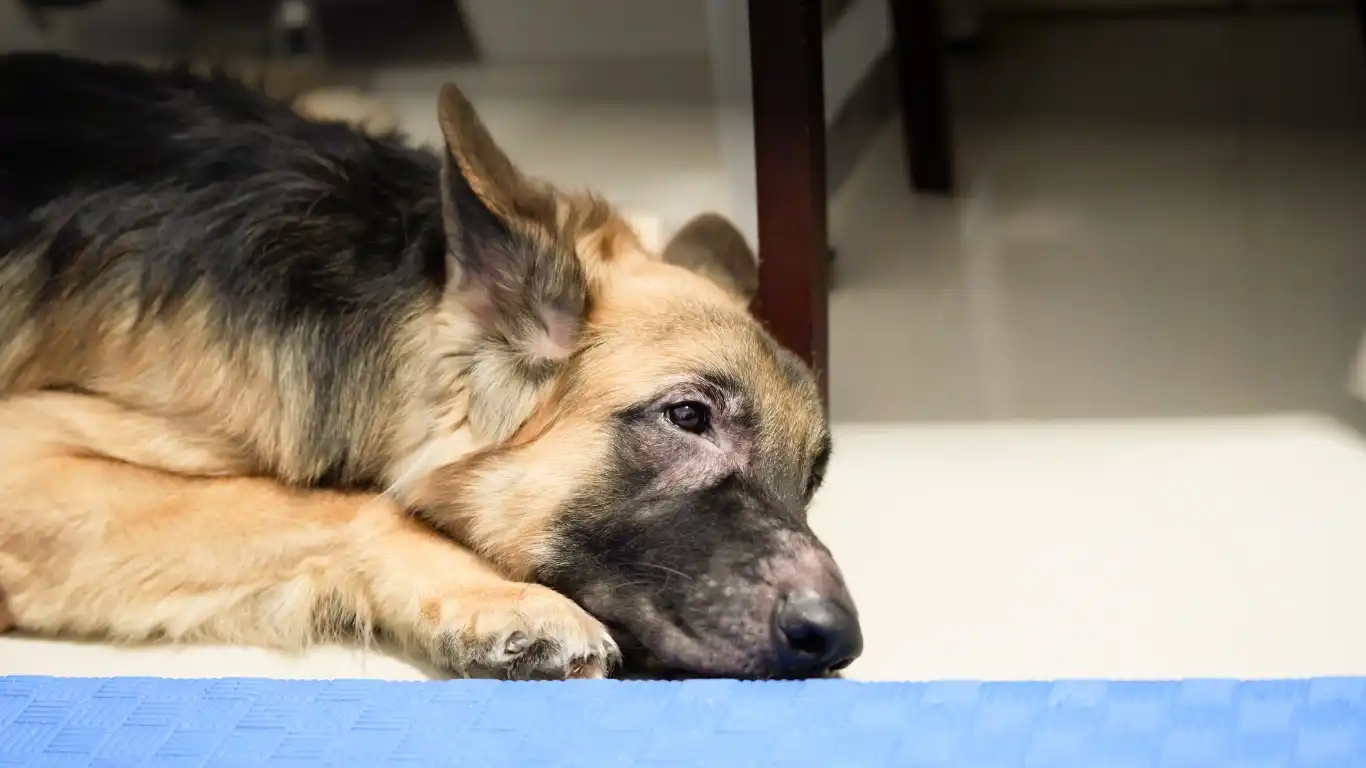
Before we dive into the best methods to calm a hyperactive dog, it’s important to understand what causes hyperactivity in the first place. Just like humans, dogs can get wound up for a variety of reasons, from genetics to their environment. Some dogs are naturally high-energy breeds (think Border Collies or Jack Russell Terriers), while others may develop hyperactivity due to lack of exercise, anxiety, or even improper diet.
In my experience, a hyperactive dog often has a mix of physical and mental energy that needs to be addressed. It’s not just about wearing them out with a long walk or playing fetch—although that definitely helps! It’s about providing them with the right kind of mental stimulation and structure in their daily routine. For example, a dog who’s left alone for long periods may become restless and hyperactive due to boredom or separation anxiety.
Why Exercise Alone Might Not Be Enough
Sure, exercise is a key component of keeping your dog calm, but it’s not the only solution. I’ve met so many pet owners who think a quick run or a few games of fetch will solve the problem. But here’s the thing—hyperactivity doesn’t just stem from having too much energy to burn. It’s often tied to behavioral and emotional needs that exercise alone can’t satisfy.
Think about it this way: If your dog is hyper because of anxiety, then no amount of fetch will make them feel less stressed. In fact, it might just make them more agitated. That’s why it’s essential to look at a variety of factors, from behavior training to diet, in order to address the root cause of hyperactivity.
1. Providing Proper Exercise and Mental Stimulation
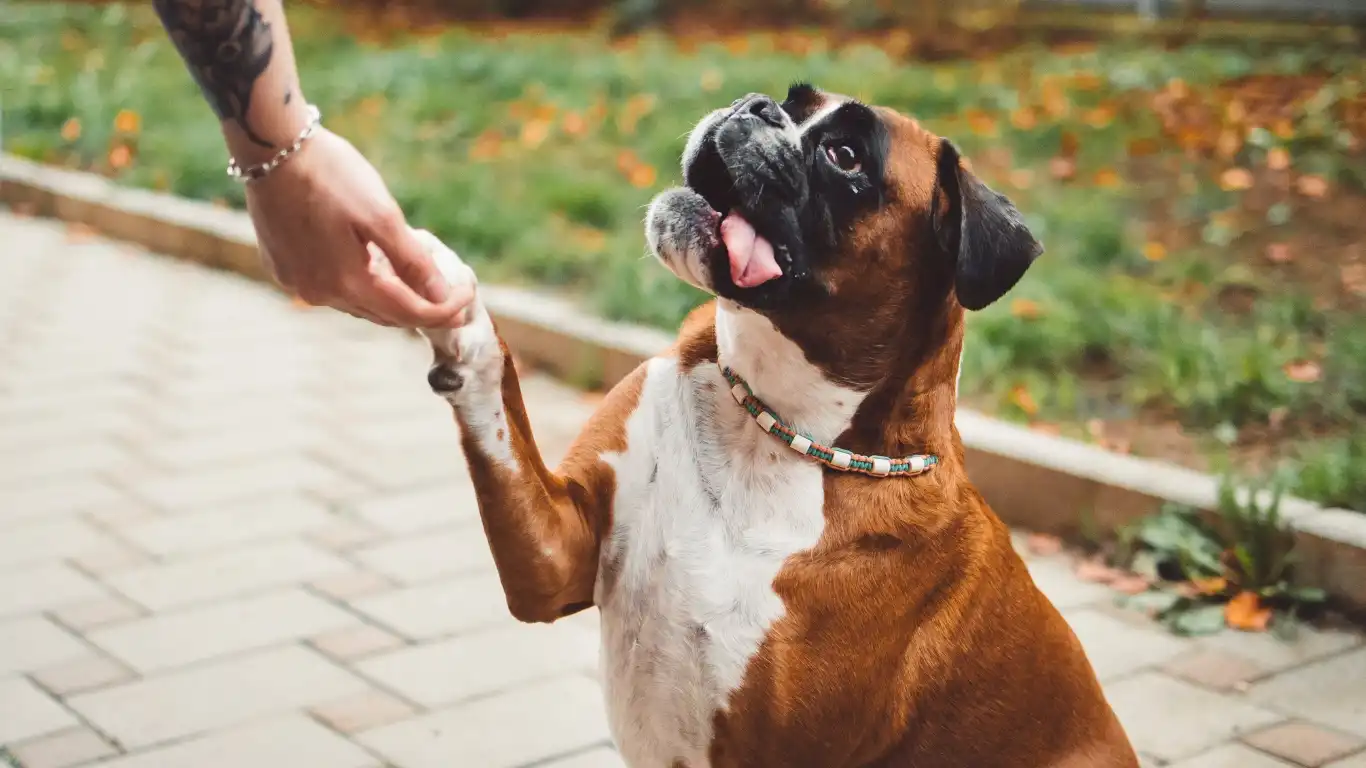
Alright, let’s start with the basics: exercise. But not just any exercise. You need to tailor the exercise to your dog’s needs. For instance, if you’ve got a high-energy dog, a walk around the block won’t do the trick. You’ll need more intense activities like running, hiking, or playing fetch for an extended period. But remember, it’s not just about the physical activity; mental stimulation is just as important.
As a veterinary technician, I can’t stress enough how much mental enrichment can help calm a dog. Dogs that are mentally stimulated are less likely to get bored and act out. Puzzle toys, training sessions, and even scent games are all great ways to keep your dog’s brain engaged. A tired dog is a happy dog, both physically and mentally.
Interactive Toys and Puzzle Games
One thing I always recommend to pet owners struggling with a hyperactive dog is to introduce interactive toys and puzzle games. These types of toys require your dog to solve problems, whether it’s finding treats hidden inside or figuring out how to move pieces around. Not only do these toys provide mental stimulation, but they also keep your dog occupied and engaged for extended periods of time. A dog with a good puzzle toy will be less likely to chew on furniture or bark excessively from boredom.
Training and Obedience Work
Another key aspect of calming a hyperactive dog is obedience training. In my years of working as a veterinary technician, I’ve seen how consistent training can make a huge difference in a dog’s behavior. A dog that knows basic commands like “sit,” “stay,” and “come” is far easier to manage and can better control their impulses. Plus, training sessions are a fantastic way to provide mental stimulation while also strengthening the bond between you and your dog.
Start with short, positive training sessions—keeping it fun and rewarding—and gradually increase the difficulty as your dog improves. Be patient and consistent. With time, you’ll notice a shift in your dog’s behavior as they start to focus more on you and less on their surroundings.
2. Nutrition: A Critical Piece of the Puzzle
Now let’s talk about something that’s close to my heart—nutrition. As a veterinary technician specializing in nutrition, I’ve seen firsthand how diet plays a major role in a dog’s overall behavior. Believe it or not, what your dog eats can impact their energy levels, mood, and even their anxiety. A well-balanced diet can make a world of difference when it comes to calming a hyperactive dog.
The Right Diet for Calming a Hyperactive Dog
It’s essential to feed your dog a diet that is tailored to their specific needs. High-quality protein, fatty acids like Omega-3s, and the right balance of vitamins and minerals can help regulate your dog’s behavior and energy levels. For instance, certain ingredients like L-theanine, found in green tea, are known to promote relaxation. Some owners even swear by supplements that include calming ingredients such as valerian root or chamomile. I always recommend discussing any diet or supplement changes with your vet first, though!
How Excess Sugar and Carbs Can Contribute to Hyperactivity
One area I see a lot of owners overlook is the amount of sugar and simple carbs in their dog’s diet. Just like with humans, excess sugar and refined carbs can lead to energy spikes followed by crashes, which may contribute to a hyperactive behavior. Make sure to feed your dog food that is balanced and free from unnecessary fillers.
In my experience, dogs on a well-rounded diet with the right nutritional balance are far less likely to exhibit the erratic energy patterns that often come with hyperactivity. So, check your dog’s food label and opt for formulas that focus on quality protein and nutrient-dense ingredients.
3. Create a Calm and Structured Environment
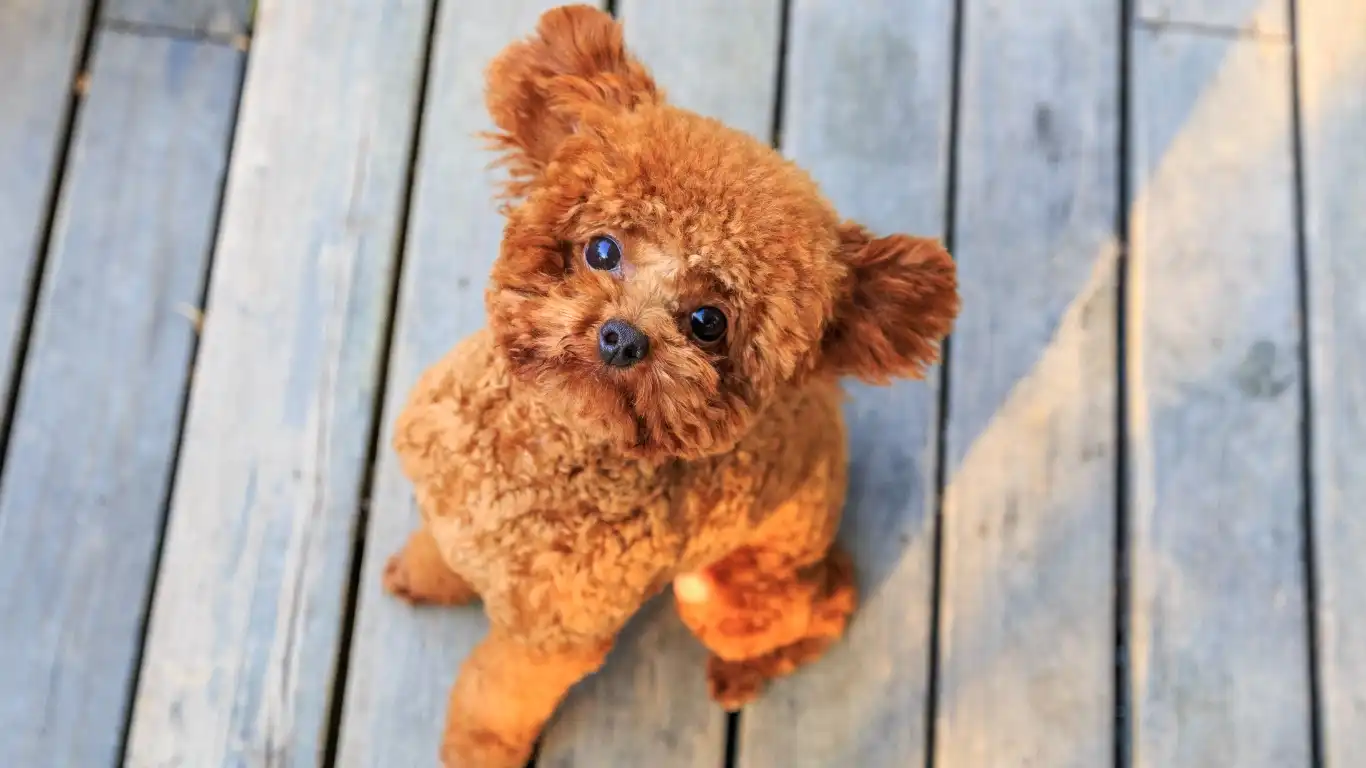
In my experience, a dog’s environment plays a huge role in their energy levels and behavior. If you have a hyperactive dog, chances are, they are picking up on the chaos around them, whether it’s loud noises, a messy living space, or constant movement. Creating a calm, structured environment can help your dog feel more secure and, in turn, less hyperactive. Think of it like how we humans feel when we walk into a peaceful, tidy room—it immediately puts us at ease. Dogs are no different!
Start by designating a quiet space in your home for your dog. This can be a crate or a cozy corner where they can retreat when they need some downtime. By providing your dog with a personal space, you’re giving them an area where they can decompress and relax without being overstimulated by the hustle and bustle of daily life. I always recommend a routine that includes a mix of high-energy activities and quiet time. This balance is key to preventing your dog from feeling overwhelmed and out of control.
Setting Boundaries and Creating Structure
Another way to manage your dog’s hyperactivity is by establishing clear boundaries and structure throughout their day. Dogs thrive on routine, and I’ve seen time and time again how much calmer a dog becomes when they know what to expect. This means feeding them at the same time every day, sticking to a consistent walking schedule, and maintaining predictable play and rest times.
For instance, if your dog is used to having a play session after their walk, they’ll begin to anticipate this sequence, which helps them feel more relaxed. They’re less likely to act out because they know the routine. This structure brings security and confidence to your dog, and as a result, they’ll be less likely to become hyperactive due to confusion or uncertainty about what’s coming next.
4. Relaxation Techniques for Dogs
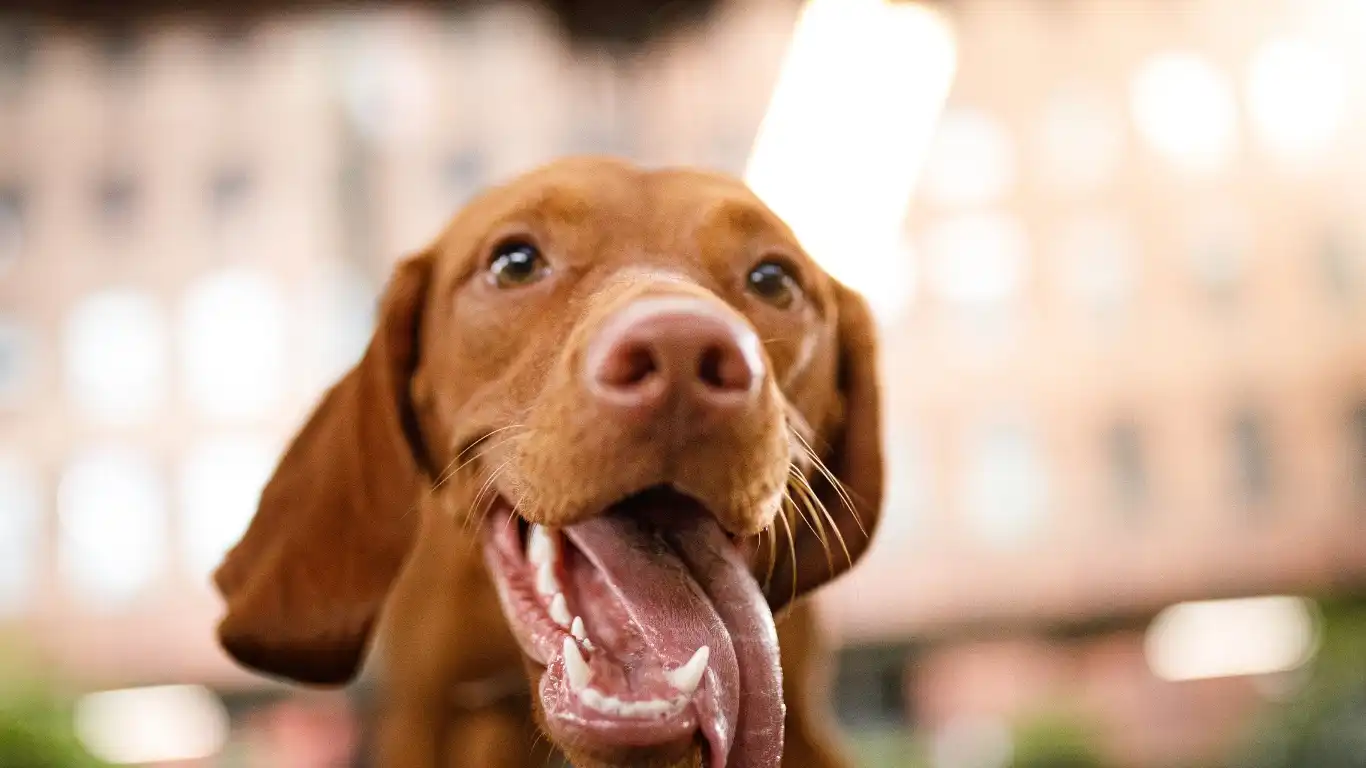
We all know that relaxing after a busy day is important for humans, and it’s just as crucial for dogs, too. When it comes to calming a hyperactive dog, relaxation techniques can make a world of difference. These methods focus on helping your dog physically and mentally unwind, which in turn helps reduce their overall energy levels.
Massage and Gentle Touch
One technique that I’ve found to be incredibly effective is massage. If you’ve ever given your dog a gentle rub down after a long walk, you’ve probably noticed how they start to calm down. Massage helps release tension in the muscles and can trigger a relaxation response in your dog. Start by gently massaging their neck, back, and shoulders. Pay attention to any areas where they seem tense, and use slow, rhythmic movements to help them relax. Not only is this great for calming an anxious or hyperactive dog, but it’s also a wonderful bonding experience between you and your pet!
Additionally, certain calming music and scents (like lavender or chamomile) can enhance relaxation and create a peaceful environment for your dog. I always suggest trying out a calming playlist for dogs or even using a calming diffuser in the space where your dog spends most of their time.
A Calming Routine Before Bedtime
Setting up a calming pre-bedtime routine is another way to help your dog relax, especially if they tend to be more hyperactive in the evening. Dogs need a wind-down period before they can settle down for the night, just like we do. A quiet walk around the block, followed by some cuddle time or a few minutes of massage, can signal to your dog that it’s time to wind down. Creating a peaceful, consistent nighttime routine not only helps them get to sleep faster but also reduces any evening hyperactivity, which can often be linked to excess energy left over from the day.
5. Consider Calming Products

If you’ve tried all of the above techniques and still find your dog overly hyper, there are some additional calming products that may help. There’s no shame in seeking a little extra help, especially when it comes to making your dog feel comfortable and at ease. As a veterinary technician, I often recommend products that are designed to reduce stress and anxiety in dogs. Some of these products can work wonders in calming down a hyperactive dog, especially if they’re dealing with anxiety-related hyperactivity.
Calming Vests and Wraps
One of my favorite recommendations is a calming vest or wrap. These products apply gentle pressure to your dog’s body, which can help reduce anxiety and promote relaxation. It’s similar to how swaddling a baby can make them feel secure. A calming vest helps provide comfort and stability, which can be especially beneficial during stressful situations like thunderstorms, car rides, or vet visits. I’ve seen dogs become noticeably calmer when wearing a calming vest, and many owners swear by them.
Natural Calming Supplements
Another option is natural calming supplements. These are typically made from ingredients like valerian root, chamomile, or L-theanine (the same relaxing compound found in green tea). Some of these supplements come in treat form, while others are powders that can be added to your dog’s food. While I always recommend consulting with your vet before introducing new supplements, I’ve seen them work wonders in reducing anxiety and hyperactivity in dogs.
Ultimately, finding the right calming products for your dog will depend on their specific needs and sensitivities. Just like with diet and exercise, what works for one dog may not work for another. So don’t be afraid to experiment and see what makes your dog the most comfortable.
6. Addressing Anxiety: A Major Factor in Hyperactivity
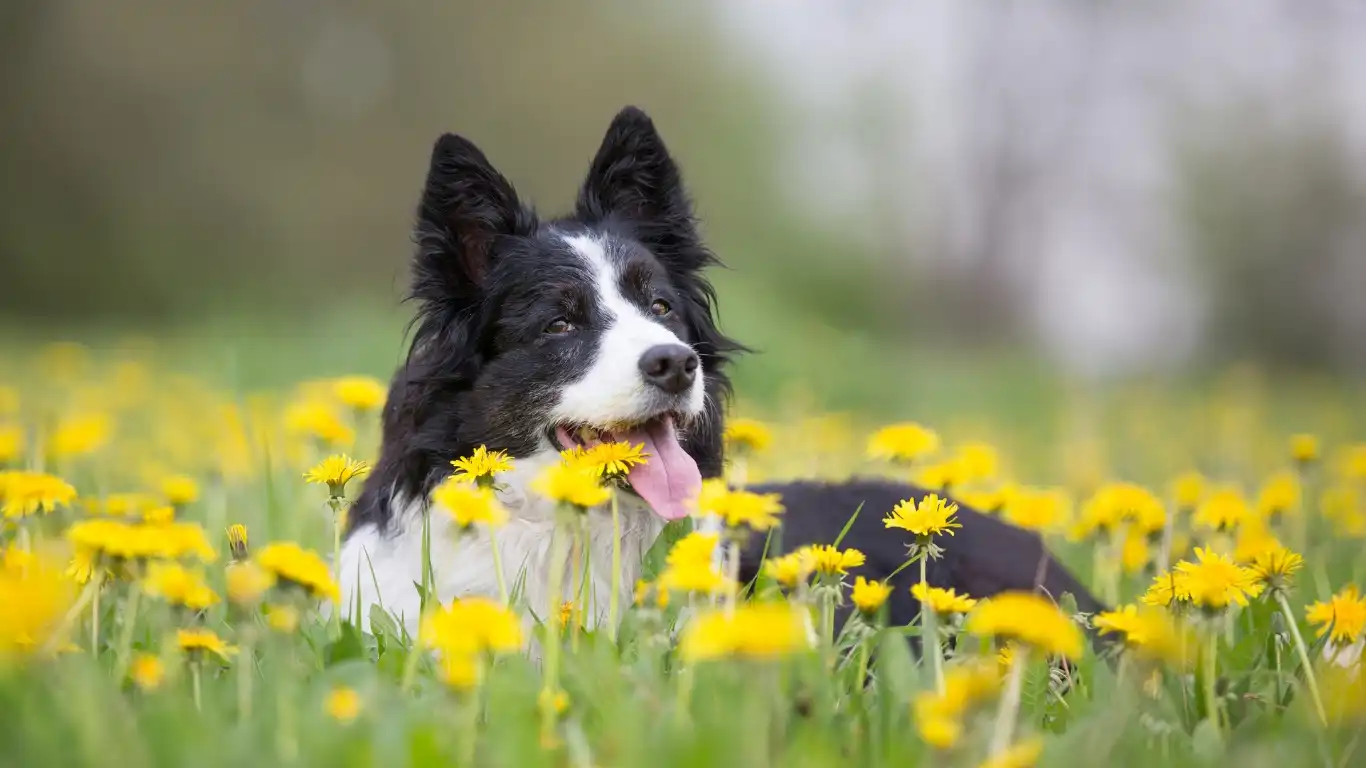
If your dog is still struggling with hyperactivity despite your efforts, it’s time to take a closer look at anxiety. In my experience, anxiety is often the underlying cause of excessive energy and behavioral issues in dogs. Dogs with anxiety may show signs of restlessness, excessive barking, or destructive behaviors, and these behaviors can look very similar to hyperactivity.
But here’s the thing: anxiety and hyperactivity are not always the same thing. While a hyperactive dog might be energetic due to breed traits or lack of exercise, an anxious dog may be reacting to stressors in their environment. These can include separation anxiety, fear of loud noises, or even social anxiety when around other dogs or people. Identifying anxiety as the root cause of your dog’s behavior is crucial because treating anxiety can often lead to a significant reduction in hyperactivity.
Separation Anxiety and Hyperactivity
As a veterinary technician, I often encounter dogs suffering from separation anxiety. This is when your dog gets overly anxious when you leave them alone. It’s a common cause of hyperactivity, especially if your dog starts to act out by chewing furniture, barking excessively, or having accidents when you’re not around. If you think your dog’s hyperactivity could be due to separation anxiety, it’s important to address this with gradual desensitization training and, in some cases, medication or calming products designed for anxious dogs.
In my practice, I’ve worked with many clients who have found success by implementing a slow departure and arrival routine. This routine helps to desensitize your dog to the idea of you leaving and coming back, making it less of a stressful experience. Over time, the anxiety associated with your departure begins to lessen, and the hyperactive behaviors can improve as well.
7. Professional Help: When to Seek Guidance
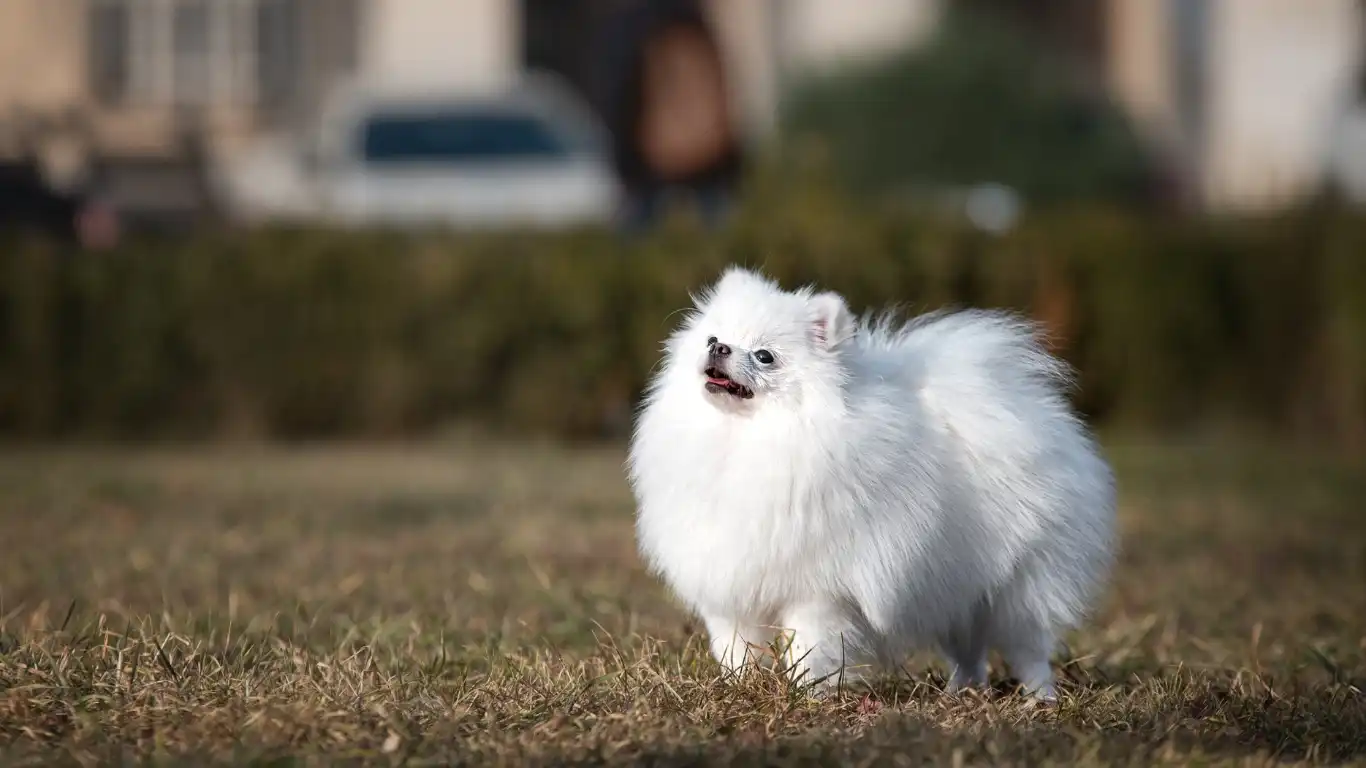
Sometimes, despite all your best efforts, you may need additional support to help calm your dog. If your dog’s hyperactivity is not improving with the techniques mentioned above, or if you feel overwhelmed, it may be time to seek professional help. There’s no shame in reaching out to a professional—whether it’s a veterinary behaviorist, a certified dog trainer, or your regular veterinarian. These experts can assess your dog’s behavior and provide tailored solutions that address both physical and emotional factors contributing to their hyperactivity.
Veterinary Behaviorists
If your dog’s hyperactivity is extreme and persistent, a veterinary behaviorist might be a great option. These professionals are specially trained to handle complex behavioral issues in pets, including anxiety, fear, and compulsive behaviors. A behaviorist can work with you and your dog to develop a treatment plan that incorporates behavior modification techniques and possibly medications, if necessary. In my experience, working with a veterinary behaviorist has been a game changer for many dogs who suffer from chronic hyperactivity due to anxiety or past trauma.
Certified Dog Trainers
Another option is a certified dog trainer, especially one who specializes in positive reinforcement techniques. Training your dog not only provides mental stimulation but also creates a bond of trust between you and your pet. By using reward-based training methods, you can help your dog learn how to control their impulses and focus on you, rather than becoming overstimulated by their environment.
Consulting Your Veterinarian
Sometimes, a visit to your veterinarian is necessary, especially if you suspect a medical issue might be contributing to your dog’s hyperactivity. For instance, certain health problems, such as thyroid imbalances or neurological disorders, can manifest as hyperactive behavior. Your vet can rule out these medical conditions and recommend appropriate treatment options. Always remember, your veterinarian is your partner in maintaining your dog’s overall health and well-being, and they can be an invaluable resource when it comes to managing hyperactivity.
8. Prevention: Keeping Your Dog Calm Long-Term
Preventing hyperactivity from becoming an ongoing issue is just as important as managing it in the short term. Once you’ve successfully calmed your hyperactive dog, you’ll want to maintain a routine that supports their ongoing well-being. Consistency is key—continue with regular exercise, mental stimulation, and a balanced diet, and make sure to keep up with any training or calming routines that worked for your dog.
Maintaining Routine and Consistency
As I mentioned earlier, dogs thrive on routine. Maintaining a consistent schedule for meals, walks, playtime, and relaxation will help your dog stay balanced and calm in the long run. If you’ve had success with certain calming techniques, be sure to incorporate them into your daily routine. It’s the little things, like a few minutes of massage before bed or a puzzle toy during the day, that can make all the difference in your dog’s behavior over time.
Continual Training and Socialization
Training doesn’t stop once your dog is calm. Keeping up with regular training sessions and socialization activities helps reinforce good behavior and ensures your dog remains well-adjusted. If your dog is still young or new to your home, socializing them with other dogs, people, and different environments will help them develop better coping skills. This can reduce anxiety and hyperactivity triggered by unfamiliar situations or overstimulation.
Disclaimer
It’s important to note that this article is for informational purposes only and is not meant to replace professional veterinary advice. Each dog is unique, and what works for one may not work for another. If your dog’s hyperactivity persists or worsens, please consult with your veterinarian or a professional behaviorist to ensure the best course of action for your pet’s health and well-being.
For more information on pet behavior and health, you can visit reputable resources like PetMD, AKC, or National Institutes of Health.
